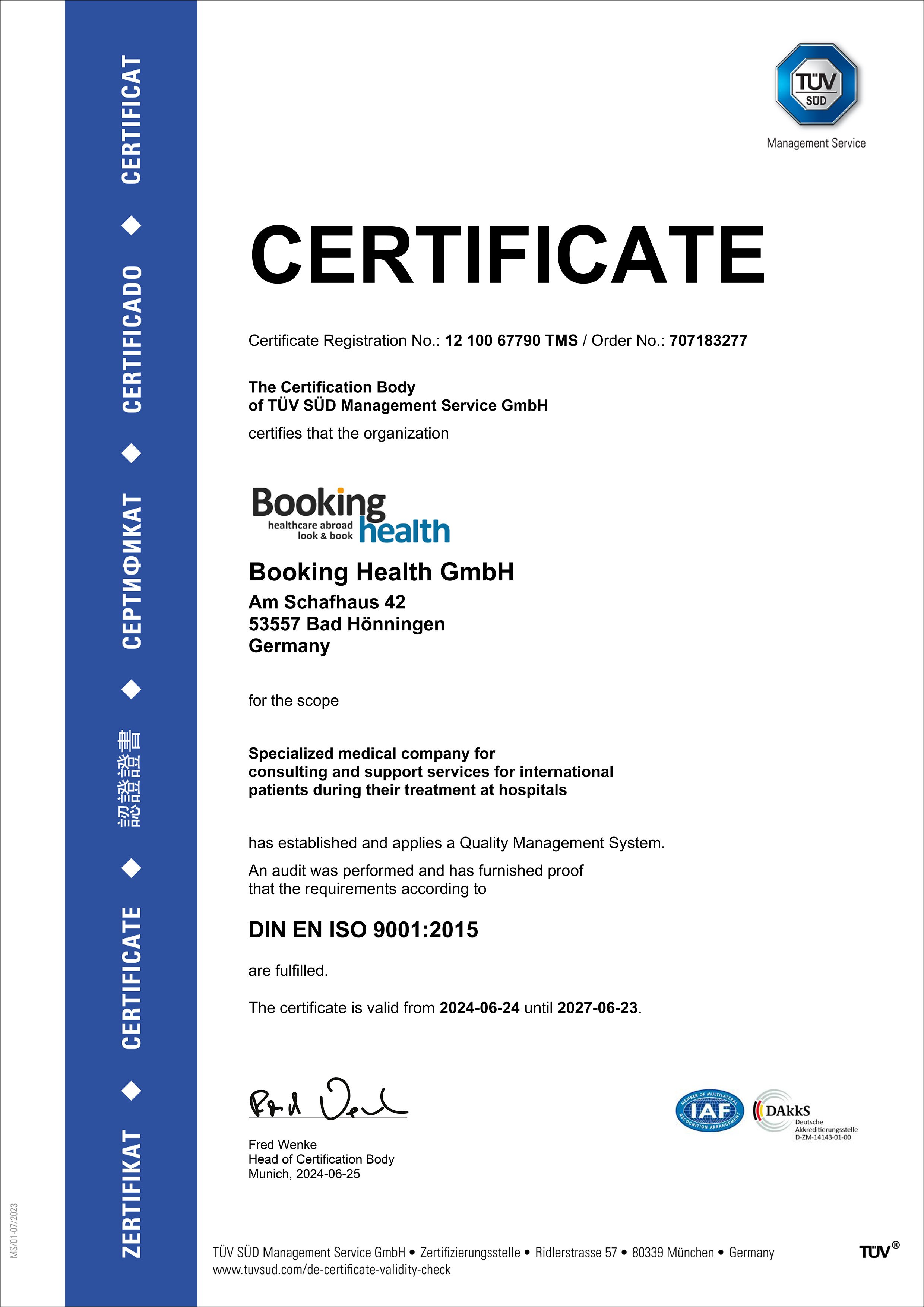Top Hospitals for Treatment of Lumbar Spinal Stenosis
Each hospital in this list meets Booking Health’s strict international standards: at least 250 surgeries per year, ISO‑certified quality management, and documented survival outcomes. Our medical board then ranks the clinics by clinical expertise, technology, and patient‑satisfaction scores.
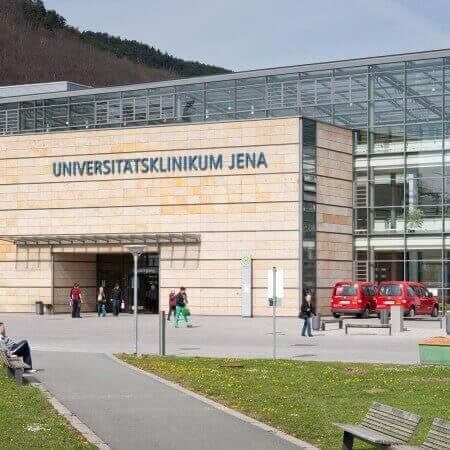
According to the prestigious Focus magazine, the University Hospital Jena regularly ranks among the top German medical facilities! The hospital has positioned itself as a multidisciplinary medical facility with a long history of more than 200 years. Since its foundation, the hospital has been constantly developing and modernizin


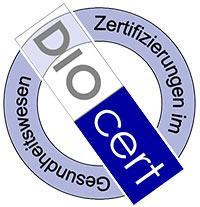
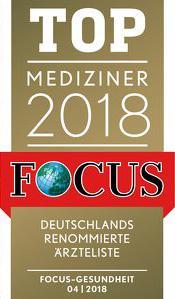





Diagnostic tests for lumbar spinal stenosis
Price from:
0.00
Go to the program Treatment of lumbar spinal stenosis (1 segment) with decompressive laminectomy and discotomy
Price from:
13012.03
Go to the program Treatment of lumbar spinal stenosis (2-3 segments) with decompressive laminectomy and discotomy
Price from:
17459.32
Go to the program Treatment of lumbar spinal stenosis (4 segments) with decompressive laminectomy
Price from:
19076.48
Go to the program Surgical treatment of lumbar spinal stenosis in combination with instability with decompressive laminectomy and the stabilizing operation (4 segment)
Price from:
33560.7
Go to the program Treatment of lumbar spinal stenosis in combination with instability with decompressive laminectomy and the stabilizing operation (1 segment)
Price from:
26931.6
Go to the program Treatment of lumbar spinal stenosis in combination with instability with decompressive laminectomy and the stabilizing operation (2-3 segments)
Price from:
33367.56
Go to the program Treatment of lumbar spinal stenosis (1 segment) with decompressive laminectomy
Price from:
13707.34
Go to the program Treatment of lumbar spinal stenosis (4 segments) with decompressive laminectomy and discotomy
Price from:
18829.05
Go to the program 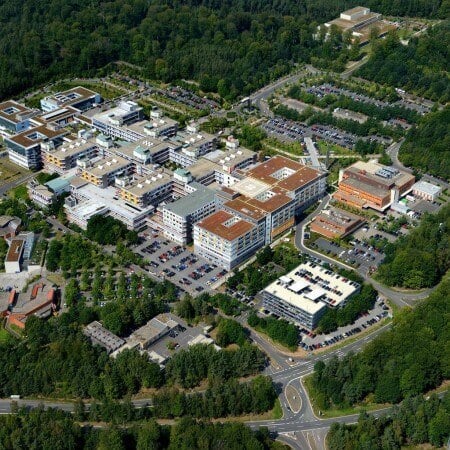
The University Hospital Marburg UKGM offers patients modern diagnostics and comprehensive therapy at the international level. As a maximum care hospital, the medical facility specializes in all fields of modern medicine ranging from ophthalmology to traumatology and dentistry. The main areas of specialization of the hospital are



Diagnostic tests for lumbar spinal stenosis
Price from:
0.00
Go to the program Treatment of lumbar spinal stenosis (1 segment) with decompressive laminectomy and discotomy
Price from:
11141.18
Go to the program Treatment of lumbar spinal stenosis (2-3 segments) with decompressive laminectomy and discotomy
Price from:
14481.83
Go to the program Treatment of lumbar spinal stenosis (4 segments) with decompressive laminectomy
Price from:
15662.6
Go to the program Surgical treatment of lumbar spinal stenosis in combination with instability with decompressive laminectomy and the stabilizing operation (4 segment)
Price from:
28250.92
Go to the program Treatment of lumbar spinal stenosis in combination with instability with decompressive laminectomy and the stabilizing operation (1 segment)
Price from:
22225.25
Go to the program Treatment of lumbar spinal stenosis in combination with instability with decompressive laminectomy and the stabilizing operation (2-3 segments)
Price from:
28351.14
Go to the program Treatment of lumbar spinal stenosis (1 segment) with decompressive laminectomy
Price from:
0.00
Go to the program Treatment of lumbar spinal stenosis (4 segments) with decompressive laminectomy and discotomy
Price from:
15876.62
Go to the program 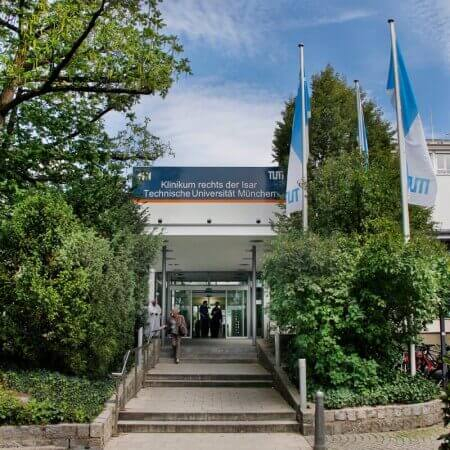
The University Hospital Rechts der Isar Munich was founded in 1834. It combines long traditions with the very latest advances in modern medicine. The medical facility includes 33 specialized departments and 20 interdisciplinary centers, where patients can receive top-class medical care in all medical fields. The hospital annuall
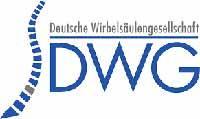
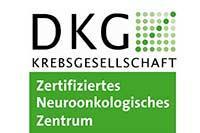

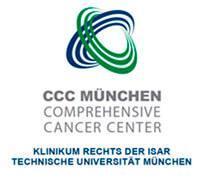





Diagnostic tests for lumbar spinal stenosis
Price from:
0.00
Go to the program Treatment of lumbar spinal stenosis (1 segment) with decompressive laminectomy and discotomy
Price from:
16482.23
Go to the program Treatment of lumbar spinal stenosis (2-3 segments) with decompressive laminectomy and discotomy
Price from:
22380.72
Go to the program Treatment of lumbar spinal stenosis (4 segments) with decompressive laminectomy
Price from:
24754.77
Go to the program Surgical treatment of lumbar spinal stenosis in combination with instability with decompressive laminectomy and the stabilizing operation (4 segment)
Price from:
44750
Go to the program Treatment of lumbar spinal stenosis in combination with instability with decompressive laminectomy and the stabilizing operation (1 segment)
Price from:
35734.12
Go to the program Treatment of lumbar spinal stenosis in combination with instability with decompressive laminectomy and the stabilizing operation (2-3 segments)
Price from:
44837.7
Go to the program Treatment of lumbar spinal stenosis (1 segment) with decompressive laminectomy
Price from:
18072.13
Go to the program Treatment of lumbar spinal stenosis (4 segments) with decompressive laminectomy and discotomy
Price from:
25174.14
Go to the program 

